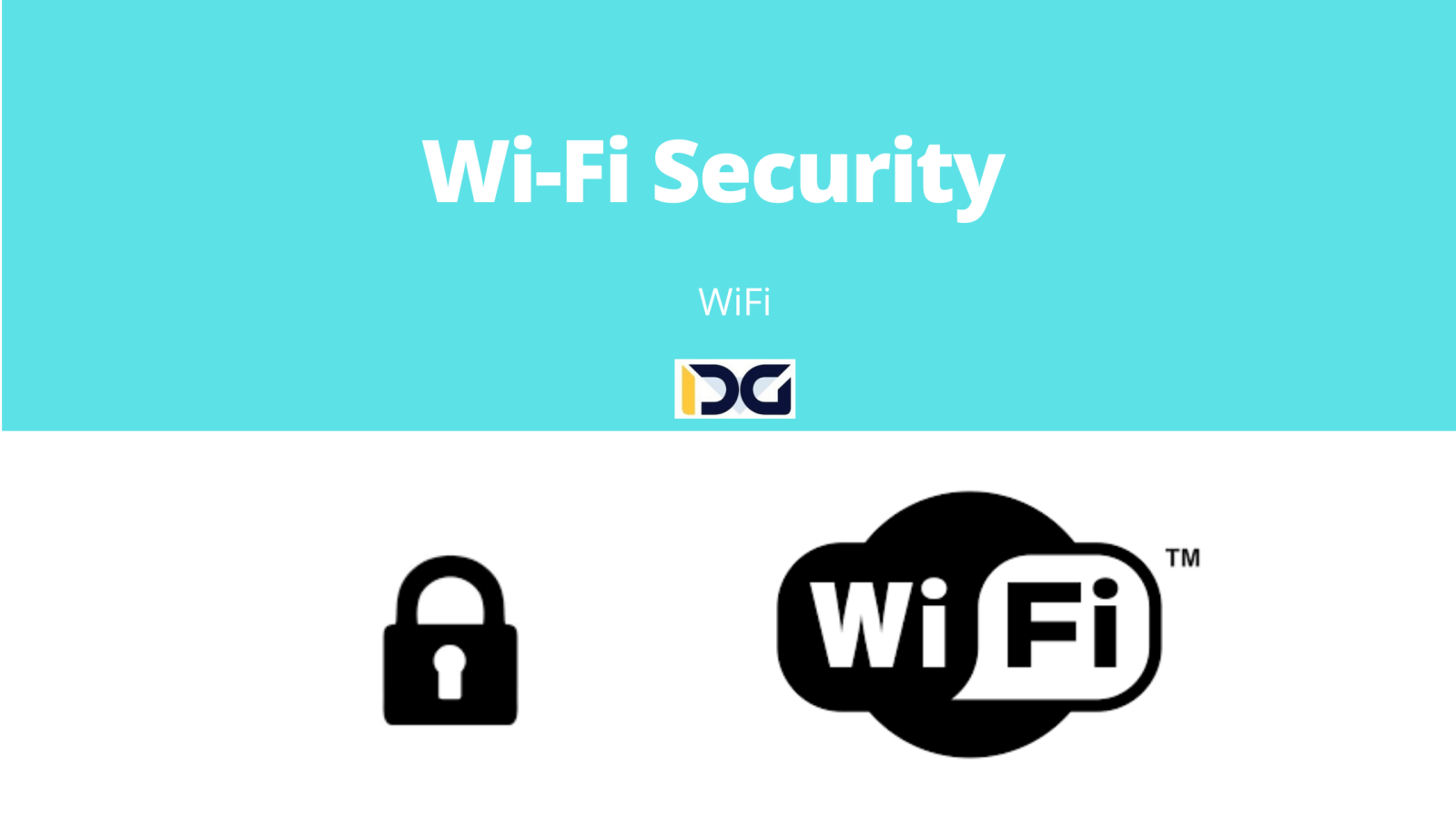
Wireless connection security, often referred to as WiFi security, is an area that has become an indispensable part of the digital world we live in. As WiFi networks have become commonplace in our homes, offices and public places, securing them has become a priority for users and technology experts. As Bruce Schneier, a renowned security expert, said: “Complexity is the enemy of security”. In this article, we will look at the key aspects of WiFi security, what threats exist and how to minimise them.
What is Wi-Fi security?
Wi-Fi security encompasses the measures and protocols put in place to secure wireless networks, ensuring that only authorized users can access them and that the data exchanged over the network remains confidential and protected from external threats.
What does it mean if Wi-Fi is “secure”?
A secure Wi-Fi network means that it has implemented encryption, authentication, and access control measures to protect data privacy and network integrity. Secure Wi-Fi networks require proper authentication credentials for access, and data is encrypted to prevent eavesdropping.
Is Wi-Fi really secure?
Wi-Fi security can be robust when implemented correctly, using protocols like WPA3. However, the level of security depends on the chosen security measures and the strength of encryption. Poorly secured Wi-Fi networks can be vulnerable to various threats.
Is WEP still considered secure?
No, WEP (Wired Equivalent Privacy) is not considered secure. It is an outdated encryption protocol with known vulnerabilities that make it easily exploitable. It should be avoided in favor of more secure alternatives.
What does WPA stand for?
WPA stands for “Wi-Fi Protected Access.” It is a series of security protocols designed to secure wireless networks and replace the weaker WEP encryption.
What is the purpose of a VPN?
A VPN (Virtual Private Network) is used to create a secure, encrypted connection over a public network, such as the internet. It enhances privacy and security by masking the user’s IP address and encrypting data traffic.
Does Wi-Fi need security?
Yes, Wi-Fi requires security. Wi-Fi security is essential to prevent unauthorised access, hacking attacks, data theft and other threats.
Unauthorised access: unsecured Wi-Fi networks are vulnerable to “burglars” – individuals attempting to access the network without permission.
Man-in-the-middle attacks can allow hackers to intercept and steal valuable information.
Malware can be introduced into networks by unauthorised devices.
According to a report by Cybersecurity Ventures, the cost of cyber-attacks is expected to rise to $6 trillion annually by 2021, highlighting the need to secure networks, including Wi-Fi.
As Dr Edward G. Amoroso, former chief security officer at AT&T, stated, “Wi-Fi security is not a luxury, but a necessity in today’s digital world.”
To protect privacy, data and devices, securing Wi-Fi networks is essential. Putting the right security measures in place can prevent many potential risks and losses.
Why is it important to protect a Wi-Fi network?
Protecting a Wi-Fi network is crucial to prevent unauthorized access, data theft, and potential network disruptions. Without protection, sensitive information and communications are at risk of being compromised.
What is the most common Wi-Fi security?
The most common Wi-Fi security protocols are WPA2 and WPA3, which offer strong encryption and authentication mechanisms. These are widely used to secure both home and enterprise Wi-Fi networks.
What are the main problems in Wi-Fi security?
Common problems in Wi-Fi security include weak passwords, outdated encryption protocols like WEP, misconfigured security settings, and vulnerabilities in network devices. These issues can lead to security breaches.
What are the types of Wi-Fi security?
The main types of Wi-Fi security protocols include WEP, WPA, WPA2, and WPA3. These protocols provide varying levels of security, with WPA3 being the most secure.
How do I secure my Wi-Fi connection?
To secure a Wi-Fi connection, use strong and unique passwords, enable WPA3 or WPA2 encryption, update router firmware, disable WPS, and regularly monitor network activity for any suspicious behavior.
How should you secure your home wireless network for teleworking 2023?
Securing the home wireless network is critical to protecting privacy and providing assurance and stability when working remotely. In the year 2023, due to advances in technology and increased cyber threats, taking some steps to secure your network has become essential. This article gives the most important methods for securing a wireless network based on current research and practices.
Update your router’s firmware regularly. Manufacturers often release updates to fix known security vulnerabilities. Source: ‘Router Security Best Practices 2023’ by Cisco Systems.
Use a strong, unique password for your Wi-Fi network of at least 12 characters, combining letters, numbers and symbols.
Use the latest Wi-Fi security standard, WPA3. It is more resistant to attacks than previous versions.
Create a separate guest network for visitors to keep the main network isolated and secure. Source: ‘Guest Networking Best Practices’ by Netgear.
Regularly monitor connections on your network to detect unauthorised devices or activities. Tools such as Fing or Wireshark can be helpful. Source: ‘Network Monitoring Essentials’ by Dr Sandra Mitchell.
Securing your home wireless network in 2023 requires regular updates, using strong passwords, following the latest security standards and monitoring network activity. Using the above practices, you can work remotely with greater peace of mind and confidence.
How can I make my free Wi-Fi more secure?
To make free Wi-Fi more secure, use a VPN, avoid accessing sensitive information, enable a personal firewall, and ensure your device’s software is up to date.
Which is the best Wi-Fi security protocol?
The best Wi-Fi security protocol is WPA3, as it is the most up-to-date and secure option. However, it’s essential to ensure that your network devices support WPA3 for full compatibility.
What’s the best security protocol for home networks?
For home networks, the best security protocol is WPA3, which offers robust encryption and authentication. It provides strong protection for personal Wi-Fi networks.
Which is better WPA or WPA2 or WPA3?
WPA3 is the best choice for Wi-Fi security, followed by WPA2. WPA and WEP should be avoided due to their known vulnerabilities.
Is WPA3 more secure than WPA2?
Yes, WPA3 is more secure than WPA2. WPA3 introduces stronger encryption and authentication mechanisms, making it more resilient to security threats.
Which is better WPA or WEP or WPA2?
WPA2 is significantly better than WPA and far superior to WEP in terms of security. WPA2 should be the preferred choice for wireless networks.
Which is more secure: WEP or WPA?
WPA is more secure than WEP. WEP is outdated and has known vulnerabilities, while WPA offers stronger encryption and authentication methods.
Which security mode is best for Wi-Fi?
The best security mode for Wi-Fi is WPA3, as it provides the highest level of security. However, it’s essential to ensure that your devices support this protocol.
What is the weakest Wi-Fi security?
The weakest Wi-Fi security is WEP (Wired Equivalent Privacy). It is outdated and has significant vulnerabilities, making it highly insecure.
What tools can be used to enhance Wi-Fi security?
Tools to enhance Wi-Fi security include network monitoring software, intrusion detection systems, firewalls, and VPNs. These tools help protect against various security threats.
Which security protocols are used for Wi-Fi networks?
The primary security protocols used for Wi-Fi networks are WEP, WPA, WPA2, and WPA3. Each offers varying levels of security, with WPA3 being the most advanced.
What are the common types of Wi-Fi security threats?
Common Wi-Fi security threats include eavesdropping, unauthorized access, password cracking, and denial-of-service attacks. These threats can compromise network security and data privacy.
What Wi-Fi security features work by default?
Wi-Fi security features that work by default often include basic encryption and authentication mechanisms. However, to enhance security, users should configure advanced settings and strong passwords.
